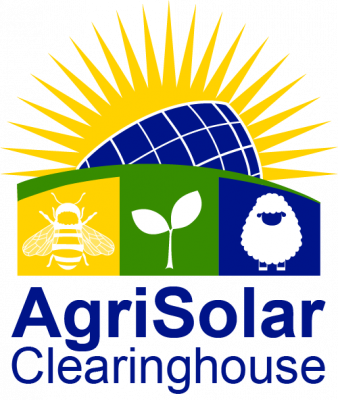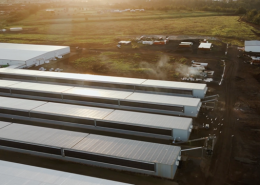
Adoption of Agrisolar Technologies in Hawai’i
Ridge to Reefs staff, including Emma Verlinden, Phal Mantha, and Paul Sturm
Hawai’i has a deep-rooted agricultural history, and today there are more than 7,000 individual farms in operation. Due to a confluence of factors, agricultural…

Pollinator Week: Wings of Life! June 20-26, 2022
Pollinator Week is an annual celebration in support of pollinator health, initiated and managed by Pollinator Partnership (P2). It is a time to raise awareness for pollinators and spread the word about what we can do to protect them. The great…
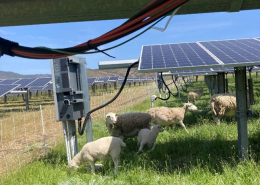
Characterizing the Ecological Effects of Utility-scale Photovoltaic Arrays in Rangeland
By Dr. Seeta Sistla, Natural Resources Management and Environmental Sciences Department, Cal Poly, San Luis Obispo
With the dual growth of utility-scale solar energy and food production, fallowed agricultural landscapes represent…
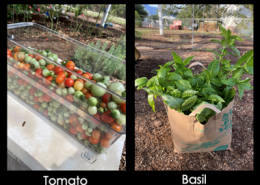
Tasting the Fruits and Vegetables Grown Under Solar Panels
By: Mariah Rogers, Graduate Student, University of Arizona
Do plants taste different under solar panels? Do they taste better? At the Biosphere 2 Agrivoltaics Learning Lab, we studied just that.
Why Should We Use Agrivoltaics?
Agrivoltaics—the…
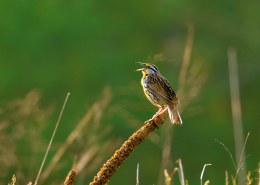
To Mow or Not to Mow?
Timing field management in and around solar fields to optimize conservation opportunities for declining grassland birds
Dr. Amy Johnson, Conservation Biologist and Program Director, Virginia Working Landscapes, Smithsonian’s National Zoo…
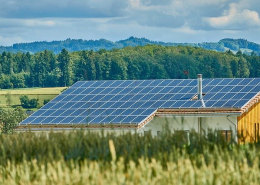
Financing and Incentive Options for Solar
By: Andrew Valainis
Director, Montana Renewable Energy Association (MREA)
According to the Solar Energy Industries Association, the cost to install solar has dropped more than 60% over the last decade alone, with the average residential…
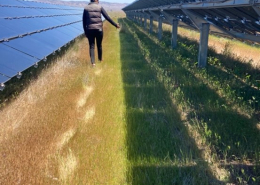
Characterizing the Ecological Implications of Utility-Scale Solar Energy on Fallowed Farmlands
Written By: Amanda Gersoff (M.Sc. student), Dr. Seeta Sistla
Natural Resources Management and Environmental Sciences Department, Cal Poly, San Luis Obispo
Our team is studying the ecological aspects of utility-scale solar arrays set…
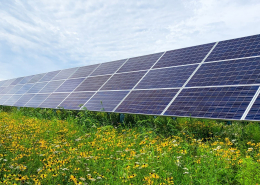
Ecosystem Services of Solar-Pollinator Habitat
By Lee Walston and Heidi Hartmann, Argonne National Laboratory
Pollinator habitat at a solar facility in Minnesota. Photo: Lee Walston, Argonne National Laboratory.
Many of us have witnessed regional land-use transformations…
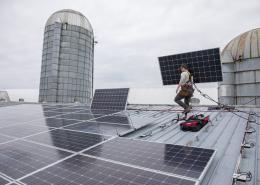
Video Series Provides Solar Education to Farmers
It should come as no surprise that farmers are busy people. Success in farming requires hard work and long days, not to mention staying up to speed on farming practices and technologies. As renewable energy deployment on farmland becomes more…
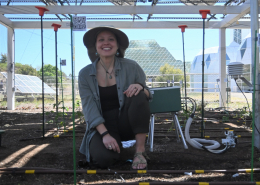
Fostering Social Acceptance of Solar Through Agrivoltaic Solutions
By Alexis Pascaris
What if we shifted our perspective to view Not in My Backyard (NIMBY) syndrome as an occasion for innovation? What if we strategically integrated local community interests into a solar project, rather than grappling to…
